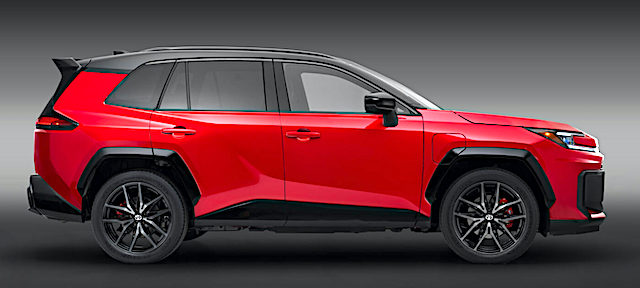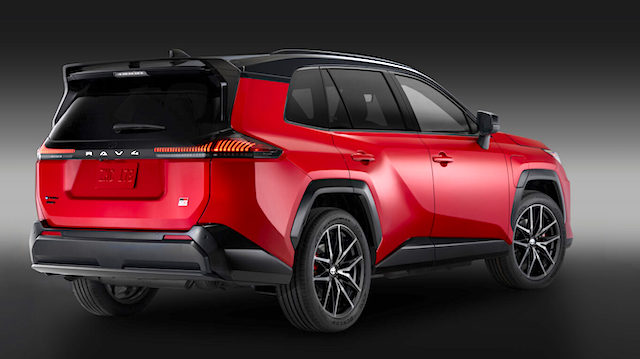
The words of former Toyota chairman Akio Toyoda have particular relevance in New Zealand, judging by continuing trends in the country’s new vehicle market.
Toyoda insisted some years ago that investing in alternative fuel technologies made more sense than focusing solely on battery-electric vehicles (BEVs).
“Rather than telling people what they should drive,” Toyoda said, “it might be a better idea to provide them with options and let the market decide.”
He wanted a ‘multi-pathways’ approach to carbon neutrality – sustainable solutions via a range of powertrains each tailored to different markets.
It was a time when political rule-makers in car-manufacturing countries – the European Union and the UK, in particular – were caught up in climate change theatrics and hell-bent on fast-tracking laws for a world of zero-emission BEVs.
Toyoda’s options included BEVs but ran to plug-in hybrids (PHEVs), standard hybrid EVs (HEVs), hydrogen fuels, range-extender technology, and cleaner-burning petrol and diesel vehicles.
The Japanese titan argued that hybrids alone can significantly reduce exhaust emissions, especially when powered by renewable energy sources, and that their overall impact can be comparable to BEVs.
Carlos Tavares, the then head of global automotive group Stellantis, agreed with Toyoda. So did other industry leaders.
Tavares told EU regulators that if all cars 15 years or older were replaced with the equivalent modern hybrid the result, on average, would be a fast 50% reduction in carbon dioxide, the greenhouse gas.
New vehicle registrations in New Zealand so far this year show significant growth both for Toyoda’s ‘alternative fuel technologies’ and Tavares’ reasoning.
The numbers overall tell the story approaching the sixth month of the year.
- BEVs are running at 50.0% and more up on last year. At the end of April they were up 54.4% – 2316 units against 1499 for the same period last year.
- PHEV sales are accelerating too, up a whopping 150.0% at the end of April: 1938-775.
- HEVs continue to be the best-sellers, up almost 30.0% after four months: 11,678-9503.
- Petrol and diesel vehicles were down almost 19.0%
In the light passenger vehicle segment – cars, SUVs – at April 30, petrol and diesel sales dominated as usual, but were down 2.3% on last year (16,045-16,426).
• BEVs were up 59.5% (2145-1344)
• PHEVs were up 65.1% (1280-775)
• HEVs were up 10.2% (10,089-9152)
The growth of PHEVs comes as Toyota NZ prepares to launch its sixth-generation RAV4 (pictured on this page) next year. The SUV will also be available as a PHEV, another step in Toyoda’s ‘multi-pathways’ process.

A PHEV works at its best when its battery is charged then depleted gradually. That way it maximises fuel economy. Once the battery is flat, the petrol engine alone has to move the vehicle around. That minimises fuel economy.
China’s No.1 carmaker BYD is talking up the development of a vastly improved electric-only range for PHEVs, as much as 200km, thanks to its blade battery technology. That’s more than twice that of most current PHEVs.
An outstanding statistic so far this year in New Zealand is that recorded by BYD, which delivers a mix of all-electric and hybrid powertrains. Its sales growth is up almost 660.0% on last year.

At the end of April 2024 BYD had sold 153 vehicles. The end of the Clean Car Discount and supply issues slowed sales. In the first four months of 2025 BYD had sold 1161 vehicles. Do the sums: going from 153 to 1161 is a dizzying jump of 658.8%.
Even more dizzying is the 771.4% jump in BYD’s April sales alone: 244 against 28 in the same month last year.
BYD has made no secret that it aims to sell half of its vehicles outside the Chinese market by 2030. To put that expansion into perspective, BYD’s home market of China accounted for nearly nine of every 10 of the 4.27 million vehicles it sold last year.

